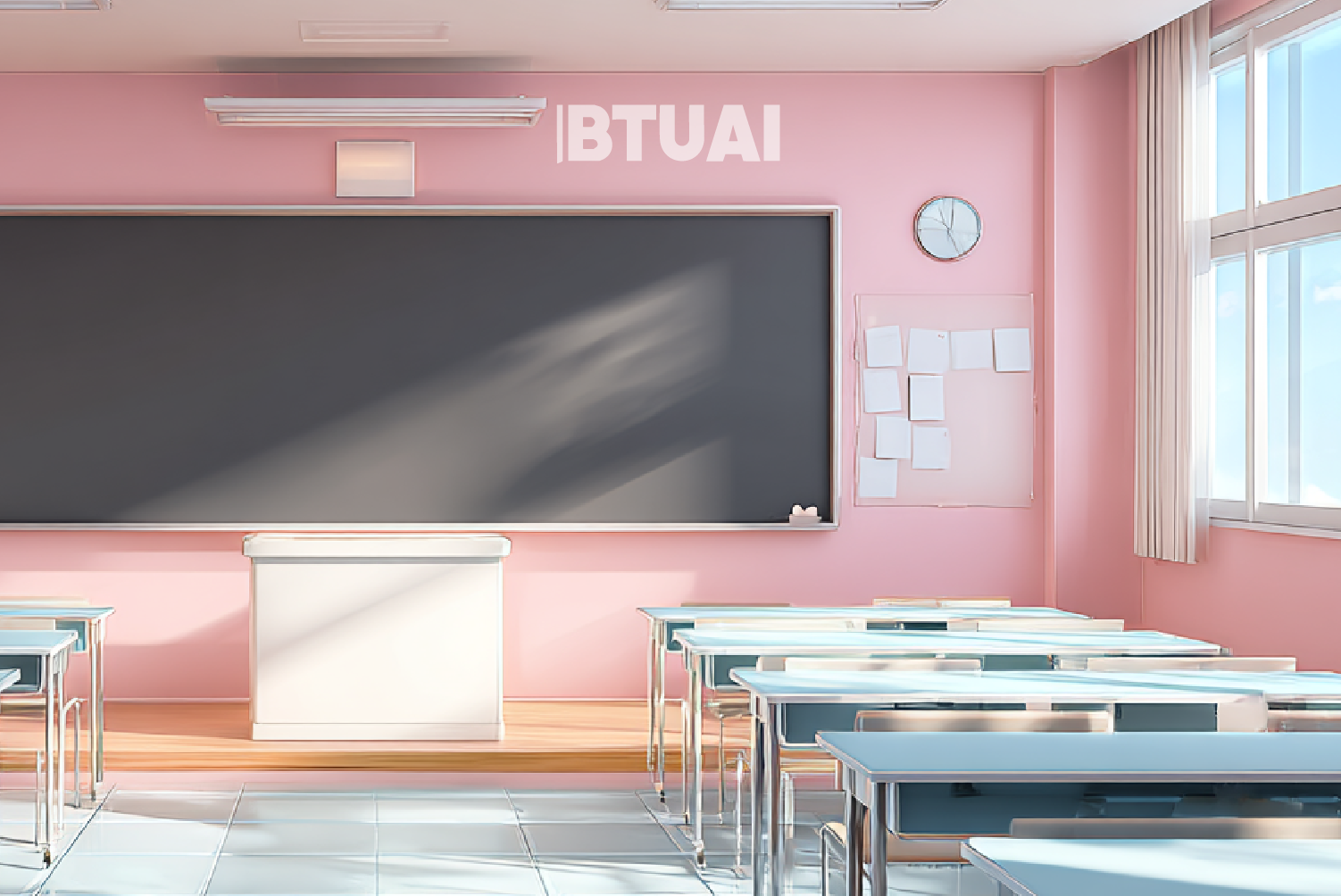Georgia’s Schools in Transition: Rising Enrollment, Private Sector Pressures, and a Changing Education Market
In the 2024–25 academic year, enrollment in Georgia’s public and private schools reached 640,700 students — a rare 1%

In the 2024–25 academic year, enrollment in Georgia’s public and private schools reached 640,700 students — a rare 1% increase after years of relative stability. This growth reflects not just demographic shifts, but also deeper structural changes in the education sector. The vast majority — around 570,400 students — still attend public schools, while private institutions account for 70,300 students, or roughly 11% of total enrollment.
Institutionally, the market is tightening. The total number of schools in Georgia has dropped to 2,294, driven entirely by a decline in private schools. Today, there are 2,086 public schools and just 208 private ones. This contraction is tied to mergers and acquisitions in the sector, as well as stricter authorization requirements. The private school market is showing clear signs of consolidation — smaller, less competitive schools are either being absorbed into larger networks or exiting the market altogether.
As in previous years, private education is heavily concentrated in the capital. Tbilisi is home to 109 private schools, serving 45,500 students. Here, private enrollment is nearly 20% — almost double the national average. The city’s private school market is diverse in both pricing and academic offerings: in almost half of these schools, annual tuition ranges from 6,000 to 12,000 GEL, while in about a quarter it exceeds 12,000 GEL. These figures underline the fact that private education in Georgia remains largely accessible to higher-income families and functions as both a marker of status and a signal of quality within Tbilisi’s social landscape.
Financially, the private sector has been on a rapid upward trajectory. In 2023, private schools generated 242 million GEL in revenue — a 21% jump from the previous year. This growth comes partly from steady tuition increases, but also from rising enrollment in the private sector. The trend reflects broader socio-economic patterns: in Tbilisi and other major cities, education is increasingly adopting a commercial model, where competition centers on quality, infrastructure, and supplementary services rather than price alone.
Even though the number of private schools is shrinking, the sector’s financial strength and influence on the overall education market are growing. This shift is redefining the relationship between public and private schools — pushing both toward higher standards, better service, and more strategic development.
The current picture shows that Georgia’s school system is experiencing both expansion in student numbers and significant structural change. Private education is becoming more exclusive and expensive, while public schools remain the backbone of the system. In the years ahead, this divide is likely to deepen, and if the education system is to remain inclusive and quality-driven, state policies and sector strategies will need to be adaptive, forward-looking, and innovative.




